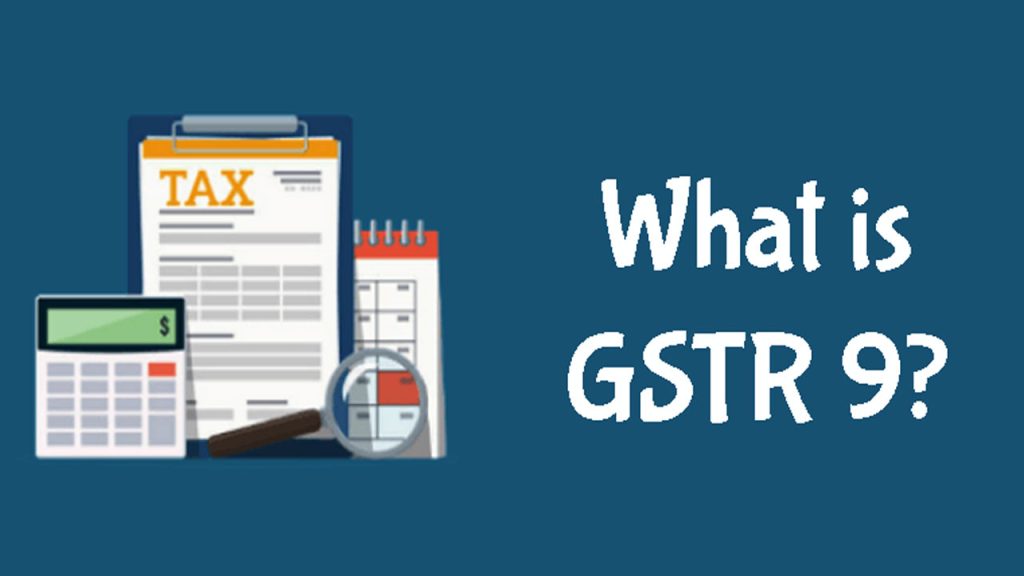GSTR 9
GSTR 9 is a yearly return that registered taxpayers must file underneath the GST). As it is an annual return, it is only filed once at the completion of the financial year and provides reports about both internal and outward supplies made within the year. Information of different taxes charged or asserted during the year, such as IGST, CGST, SGST, UTGST, reimbursement cess, and so on, must also be given.
GSTR 9 is a form of Annual Return that qualifying individuals must submit. It provides a summary of transactions completed during the financial year. Here is a preview of the material that must be contained in the GSTR 9 Annual Return.

Here is a preview of the details that must be included in the GSTR 9 Yearly Return
- Basic Details
- Information on outward supplies
- ITC asserted or revoked
- Taxes paid or reassessed
- Transactions from the previous year were recorded.
Must Read – What is GSTR 9C?
Who should file GSTR 9?
Except as defined in subsection (1) of Section 44 of the CGST and SGST Acts, all registered persons under Section 44 of the CGST and SGST Acts are expected to submit GSTR.
- Casual Taxable Person
- Non-Resident Taxable Person
- Individual who deducts TDS or collects TCS (the provisions were not applicable in FY 2017-18)
- Input service distributor
However, the Annual GSTR’s usefulness varies based on the form of Taxpayer.
- Normal Taxpayer – GSTR 9
- Composition Taxpayer – GSTR 9A
- E-commerce provider – GSTR 9B
Is filing of GSTR 9 mandatory?
Non-filing GSTR 9 or submitting it after the deadline will result in significant penalties for the taxpayer.
In the event that you do not file
- The officials can issue a notification under section 46 requiring the urgent filing (in under 15 days) of GSTR 9.
- A common fine of max Rs 25,000/- may be enforced under Section 125 of the CGST Act 2017.
In the event of late submission
The late charge must be the lesser of the above, according to section 47(2) of the CGST Act 2017.
- 100 rupees a day
- In a state or union territory – 0.25% of turnover
- In addition, a fine max of Rs 25,000/- can be imposed u/s 125 of the CGST Act 2017.
However, in this situation, an individual rendering an interstate supply will pay a dual penalty and then the same fines will be levied by both the CGST and SGST Acts. This implies that the punishment in this situation would be less than.
- Rs. 200/day
- 0.25% of the state or union territory turnover
Due date for filing GSTR 9
According to Section 44 of the CGST & SGST Act 2017, a taxpayer must submit a yearly return on or prior to 31/12 of the next financial year.



